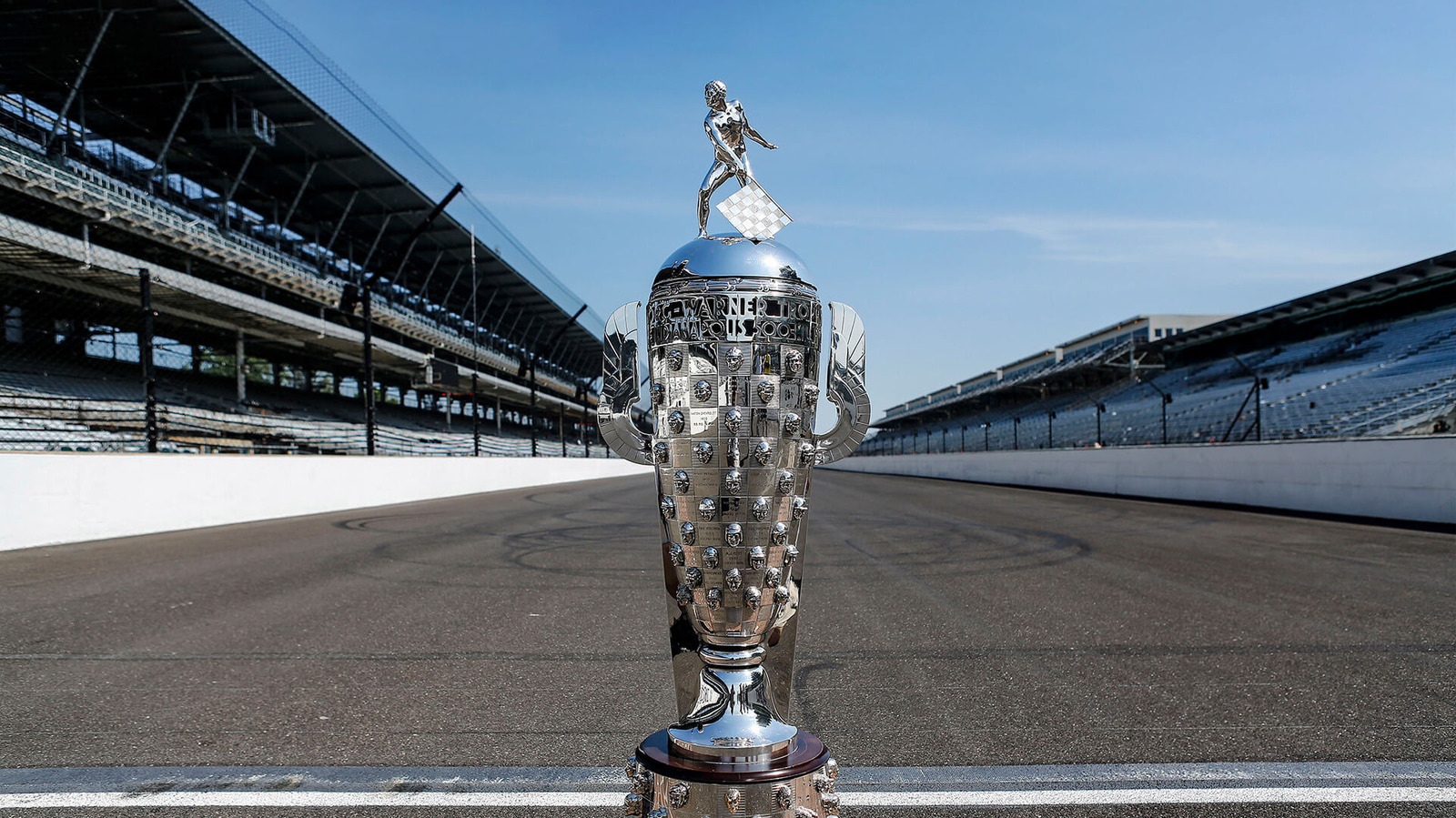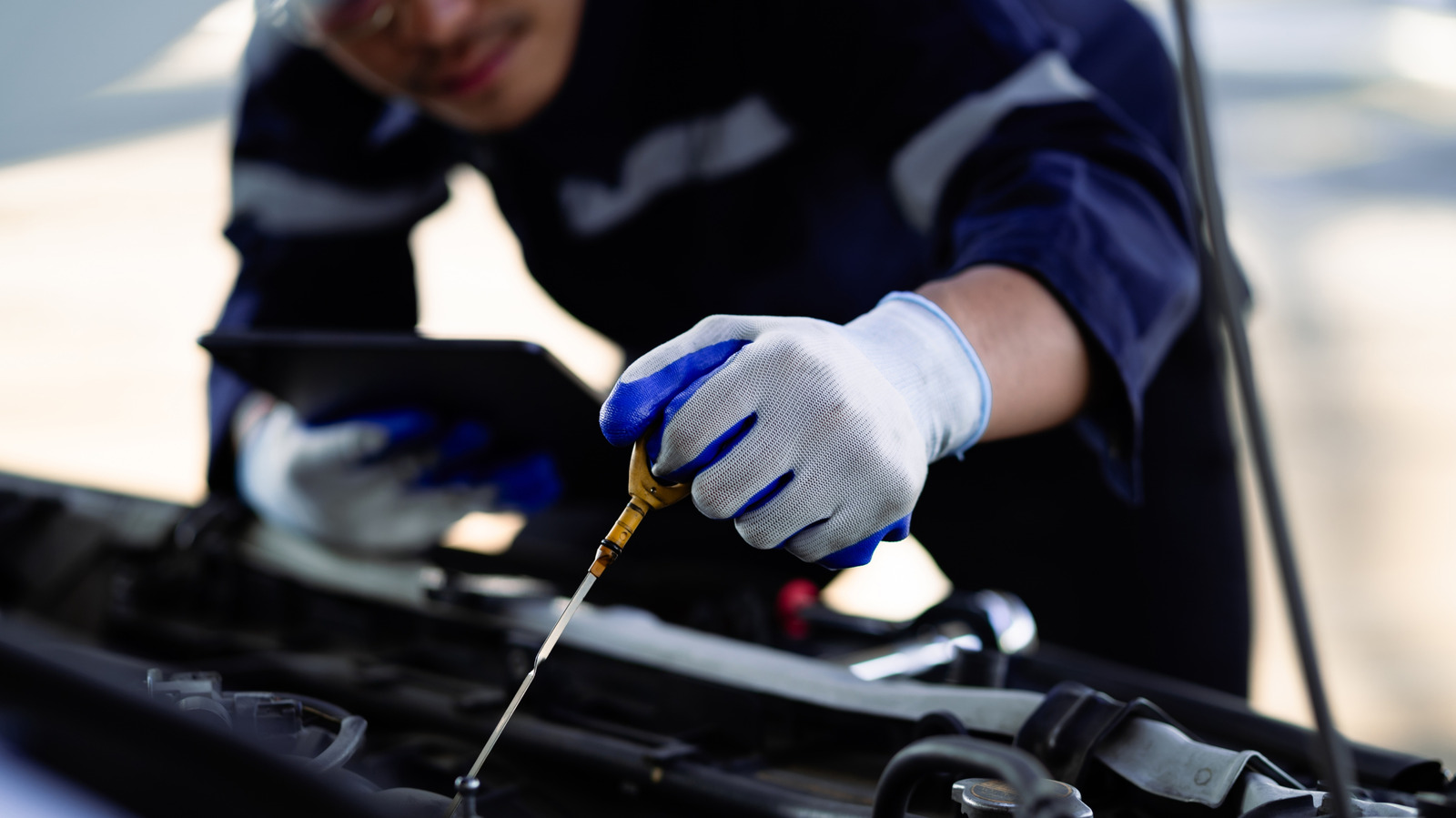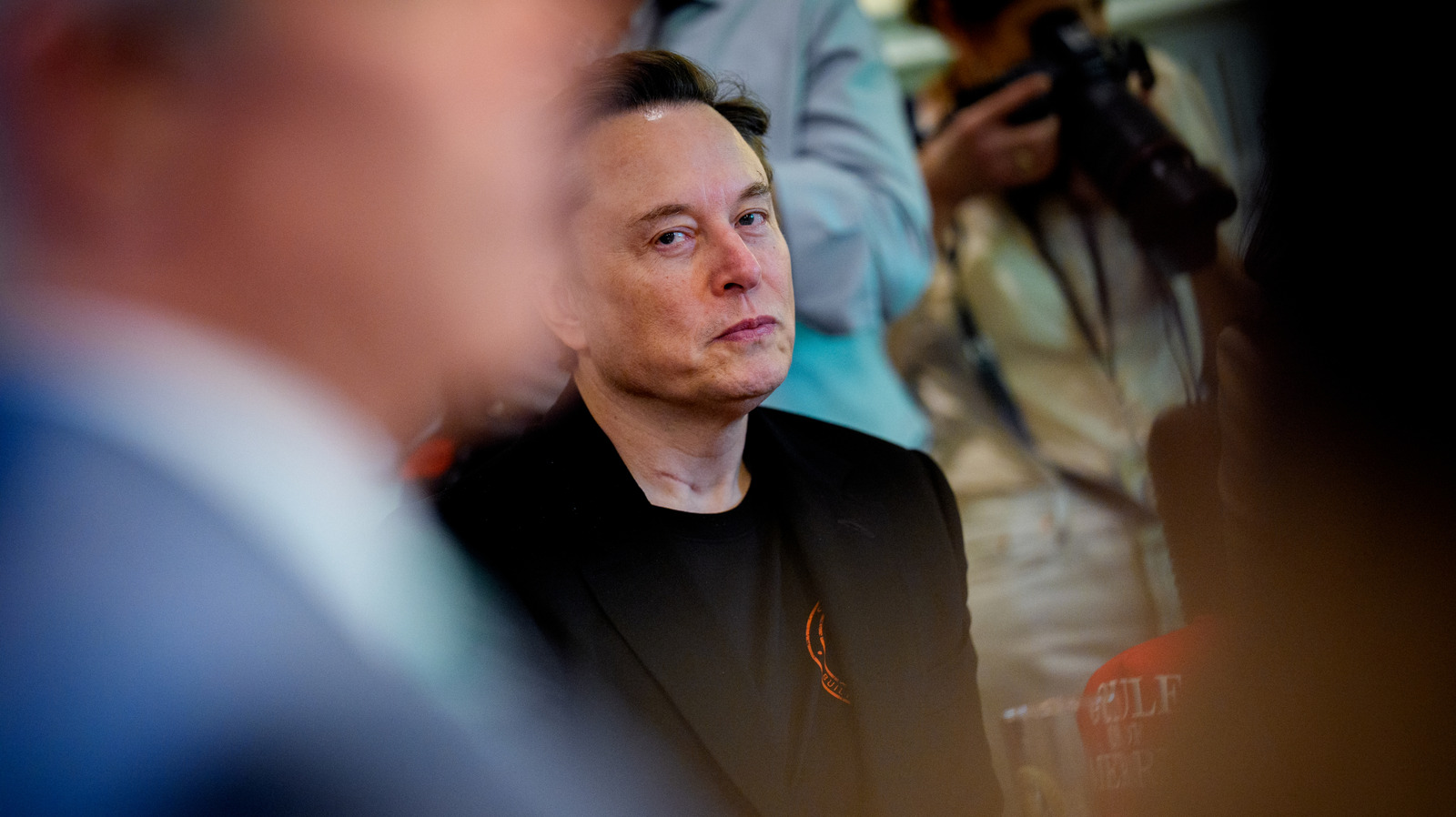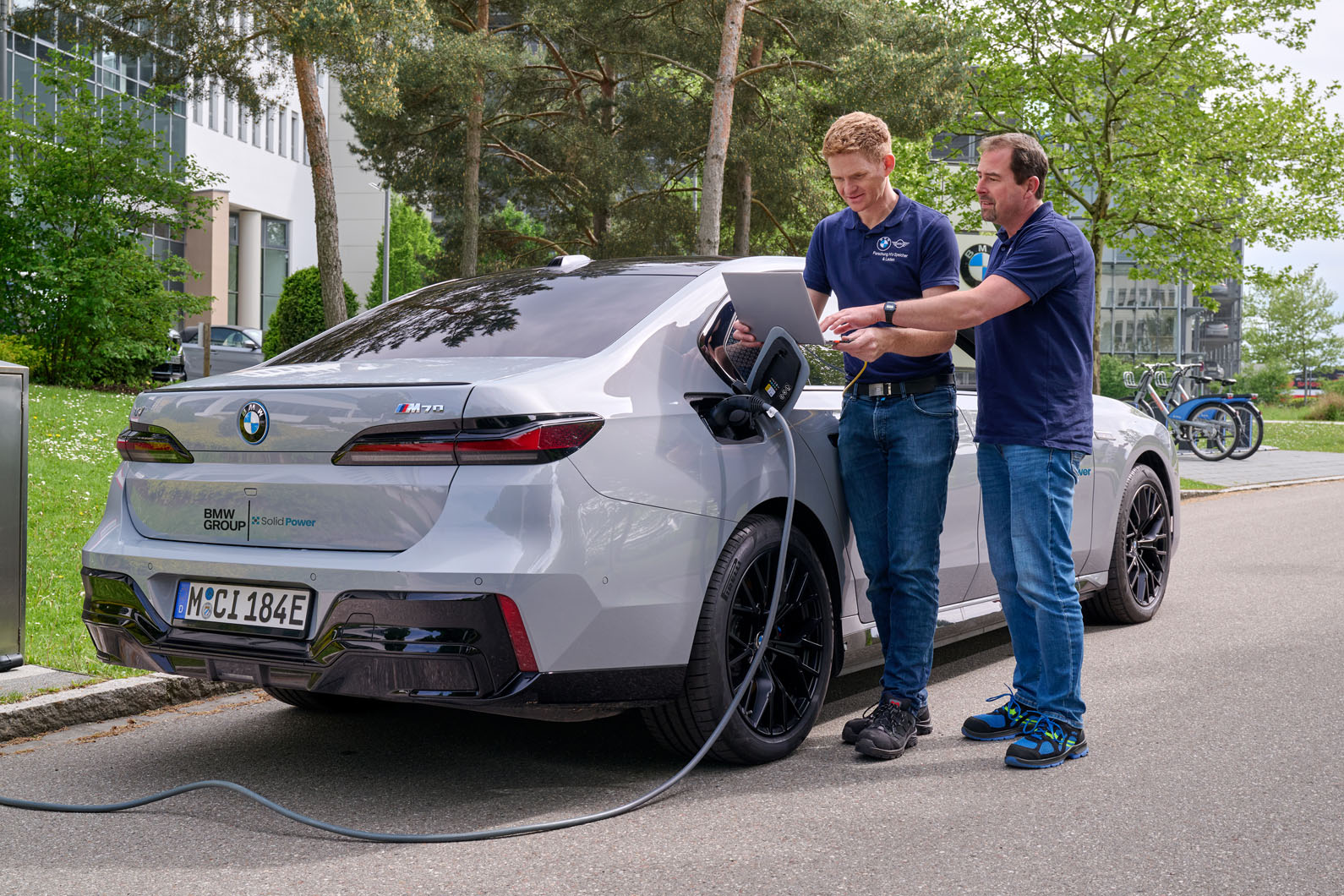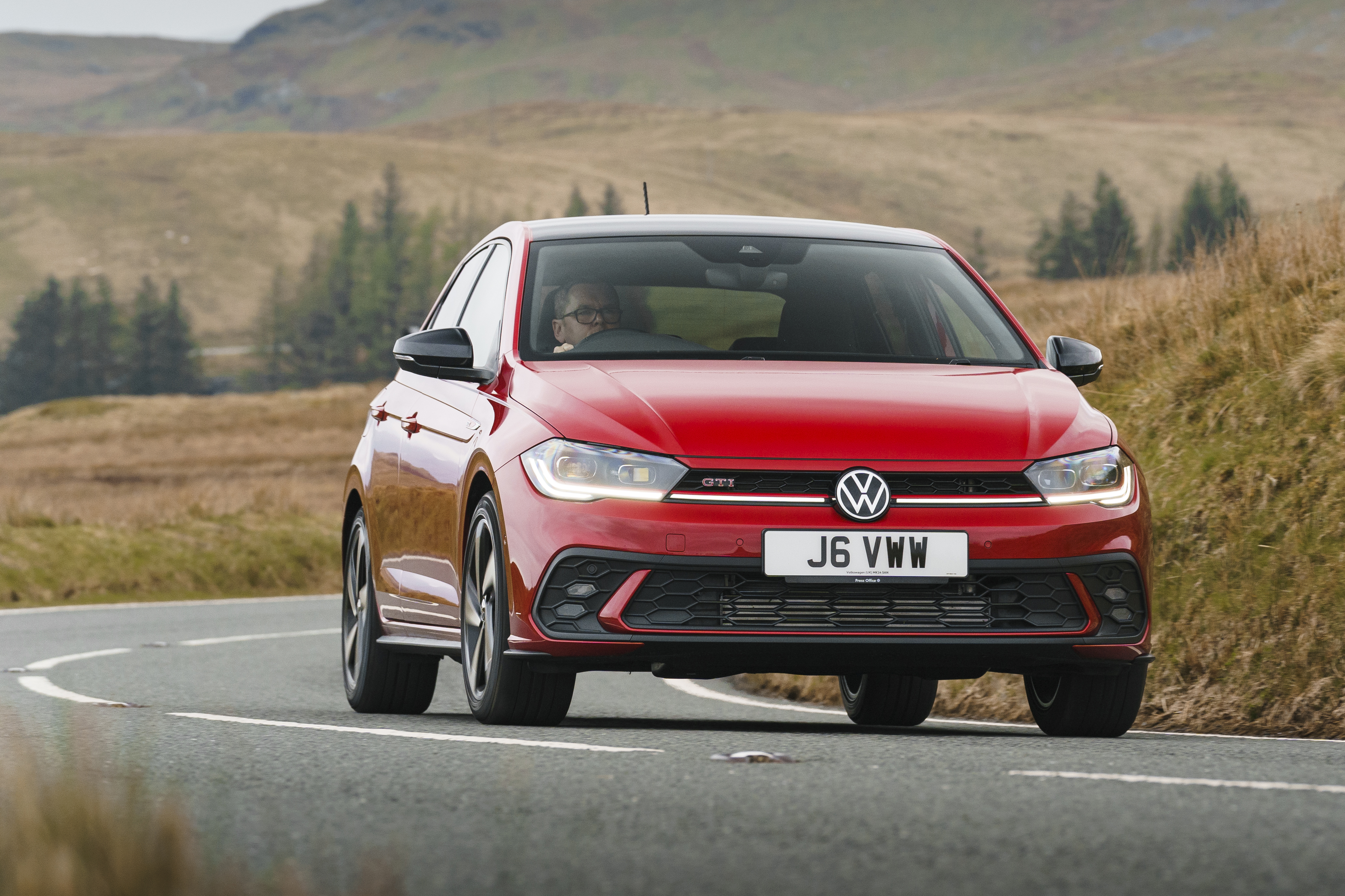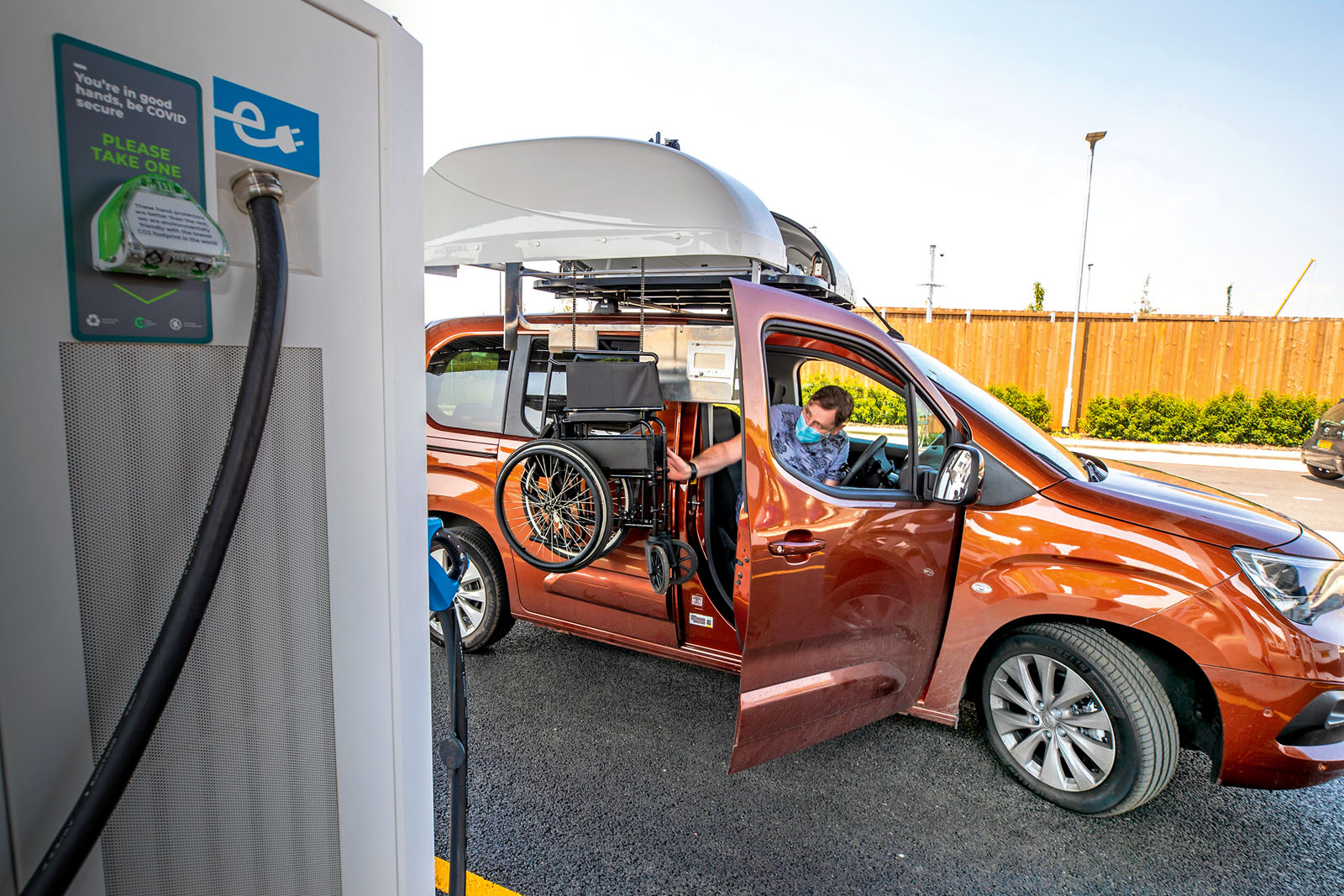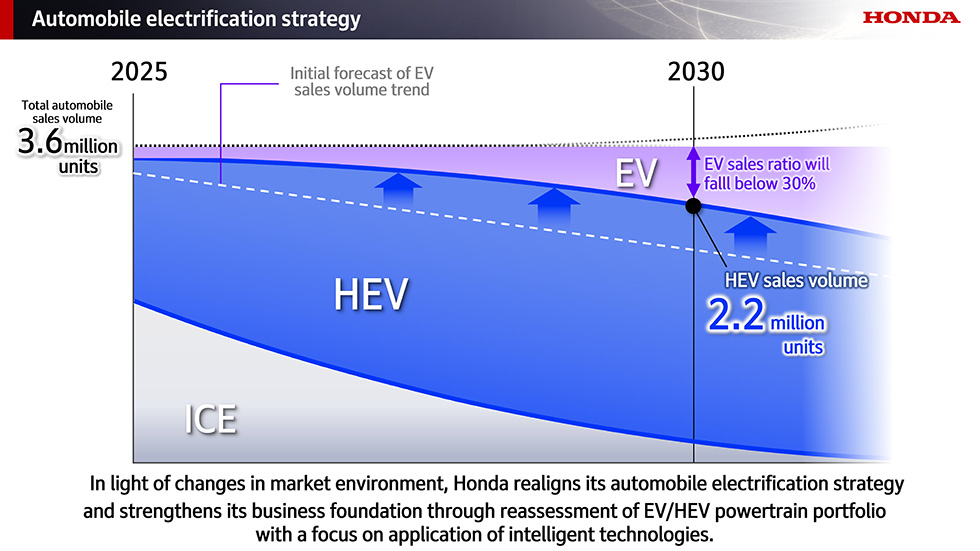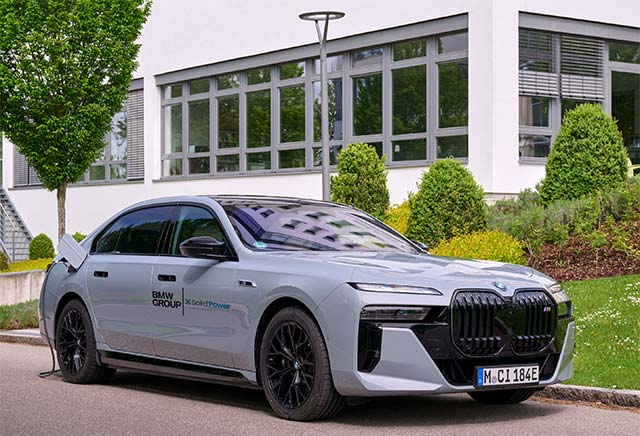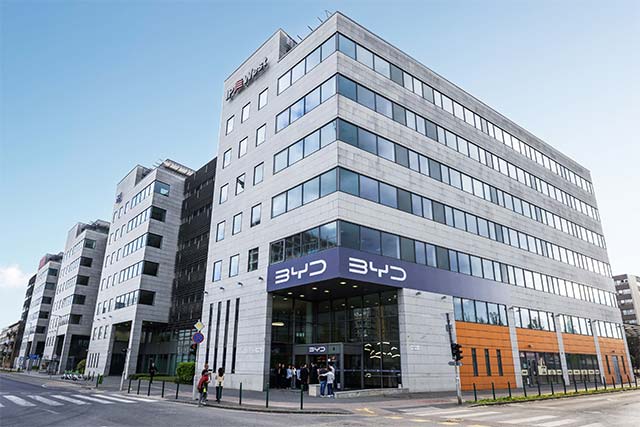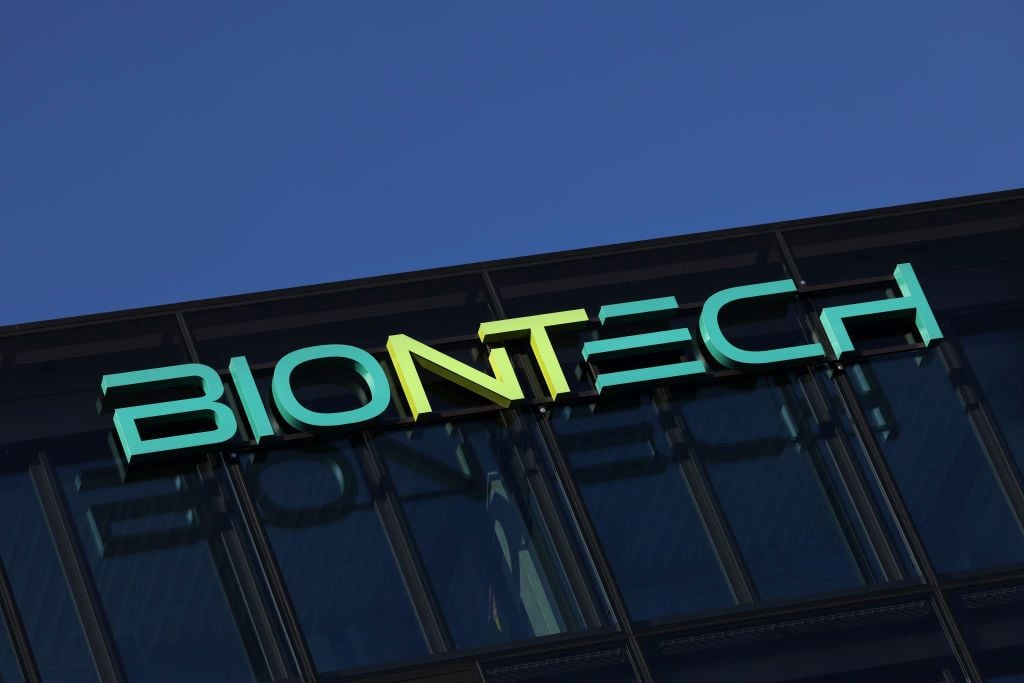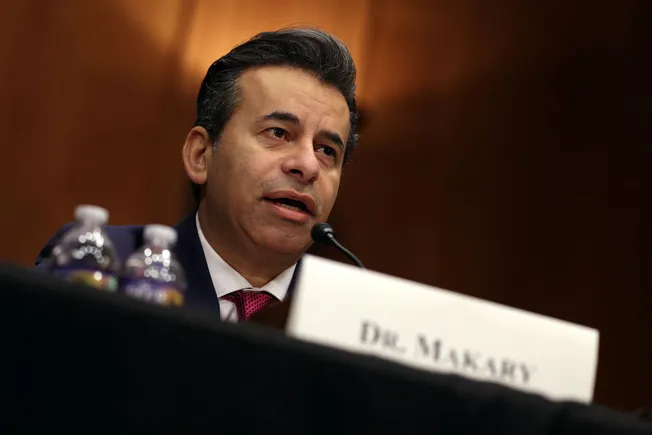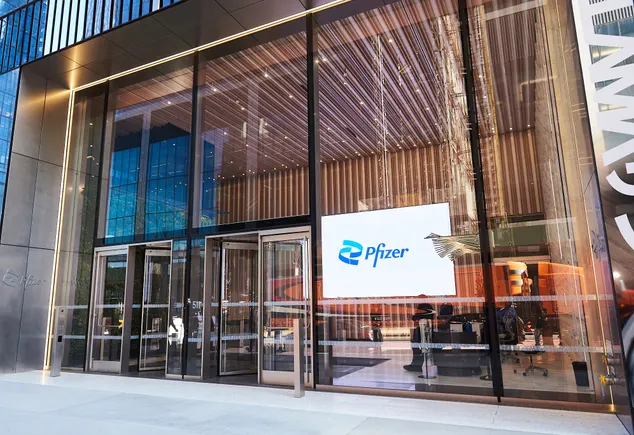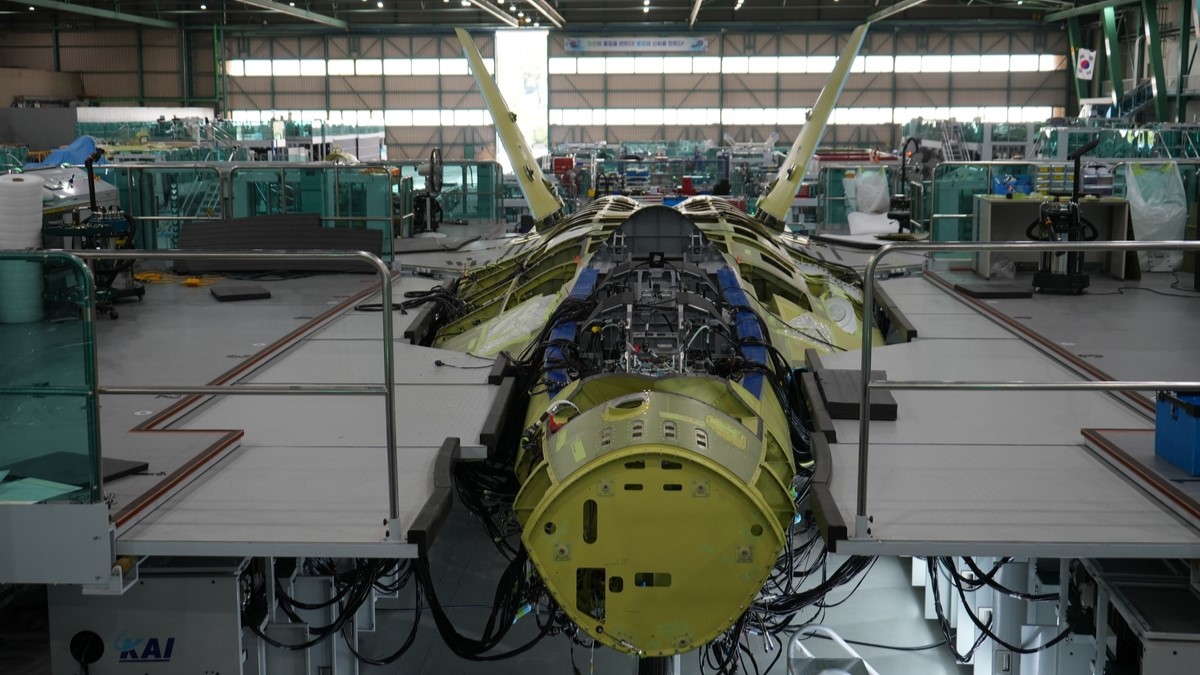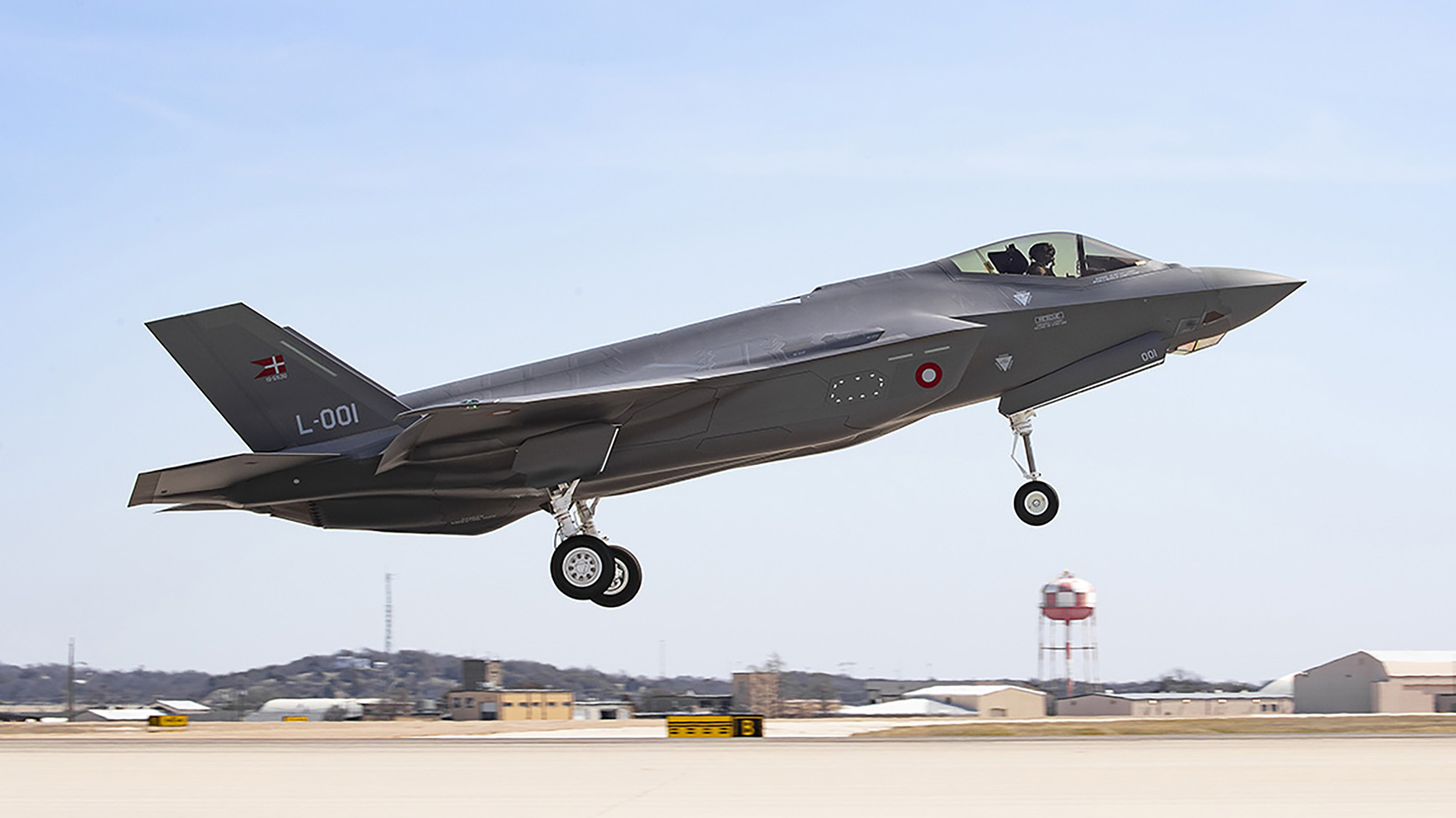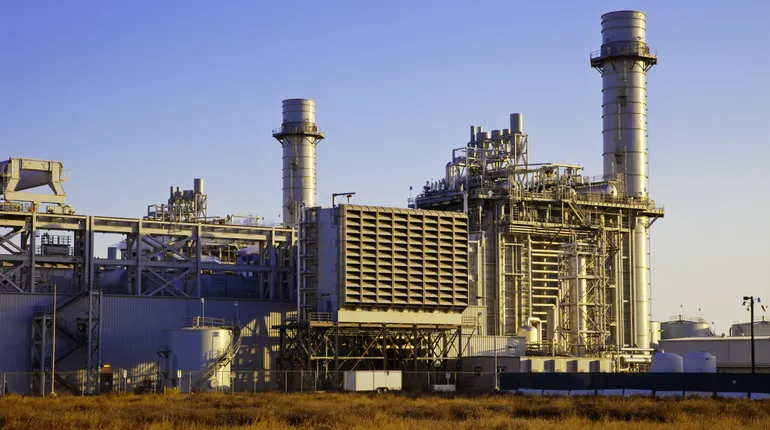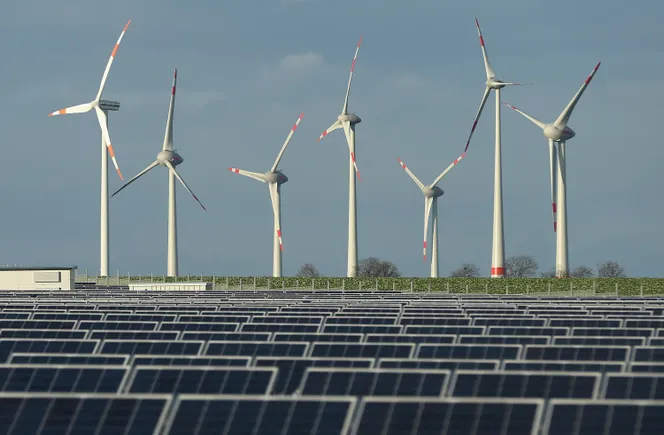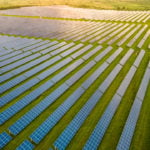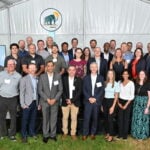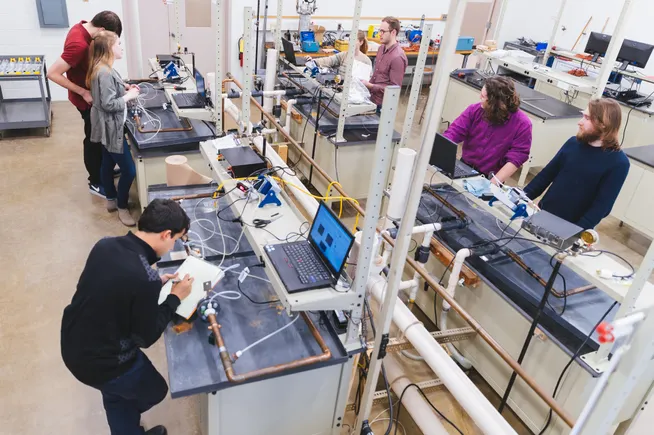Decoding Cathode‐Electrolyte Interface Issues in Conventional Ethers Electrolytes‐Based Magnesium Rechargeable Batteries
Advanced Energy Materials, EarlyView.

Ether solvent-based weakly coordinating anion (WCA) electrolytes significantly broaden the potential of rechargeable magnesium batteries. However, the commonly used hexafluoroisopropyl-derived WCA electrolytes are highly sensitive to moisture. Water molecules exert varying detrimental effects on WCAs with different central atoms and accelerate electrolyte decomposition. Controlling moisture in the electrolyte can effectively enhance the stability of these electrolytes and improve battery performance.
Abstract
Magnesium rechargeable batteries (MRBs), as a promising candidate for next-generation high-energy batteries, offer inherent advantages in terms of resource availability and safety. To identify the key factors for achieving high-voltage MRBs, this study ether-based weakly coordinating anion (WCA) electrolytes—Mg[B(OCH(CF3)2)4]2 (BHFIP) and Mg[Al(OCH(CF3)2)4]2 (AlHFIP)— are investigated under varying water content to elucidate their electrochemical behavior on carbon-coated Al current collectors and MnO2 cathodes. The two electrolytes are found to exhibit different characteristics in moisture, but as a common conclusion, trace water can promote electrolyte decomposition and CEI formation. Ultimately, the BHFIP electrolyte, designed with a low water content, successfully enables reversible Mg||MnO2 cells cycling under high voltage (4 V cut-off, > 50 cycles) by mitigating side reactions, whereas higher water content accelerates solvent/anion decomposition and MnO2 dissolution. The work highlights trace water content as a critical factor in ether-based MRB's electrolyte design, demonstrating that optimized BHFIP electrolytes have potential in stabilizing high-voltage MRBs while emphasizing the need for moisture-resistant functional materials to enhance battery performance.











